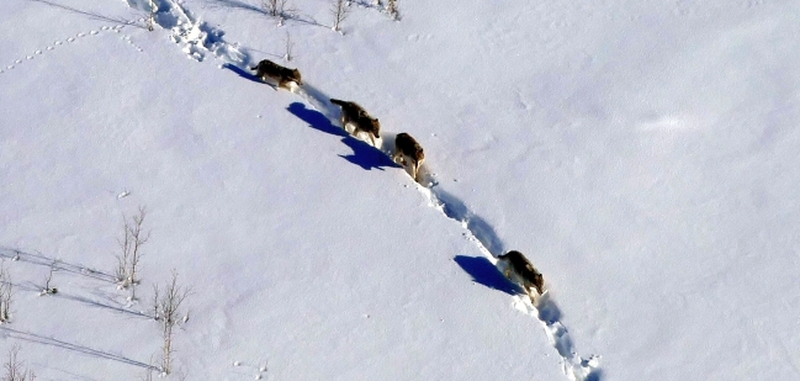


Fifty years ago, the U.S. Endangered Species Act (ESA) was passed to protect imperiled species and the ecosystems upon which they depend. While the ESA is one of the strongest environmental laws to date, its implementation has nevertheless fallen short in consistently incorporating the voices and knowledge of an essential group of ecological experts. For centuries, Indigenous communities have practiced land stewardship across U.S. lands, accumulating a deep and culturally congruent understanding of ecosystem health and well-being. This Indigenous understanding of the land and natural cycles is often referred to as Indigenous Traditional Ecological Knowledge (ITEK). The ESA includes a mandate to employ the ‘best available science’ (BAS) to inform policies and decisions. Statutory requirements to rely on BAS have historically prioritized western science and reflected uncertainty around how to include other forms of knowledge, often leading to the exclusion of ITEK from the literature cited in environmental management decisions. Here we discuss the unrealized value of ITEK to BAS and its great potential in advancing ESA implementation and the statute’s intended goals. Braiding ITEK and western science involves the respectful use of these two forms of knowledge in tandem and can provide a more robust approach to BAS and conservation more broadly. Indigenous rights and sovereignty, the implementation of culturally meaningful recovery targets, and a proactive approach to building partnerships and trust are essential components to improving the incorporation of ITEK in ESA implementation over the next 50 years and beyond.